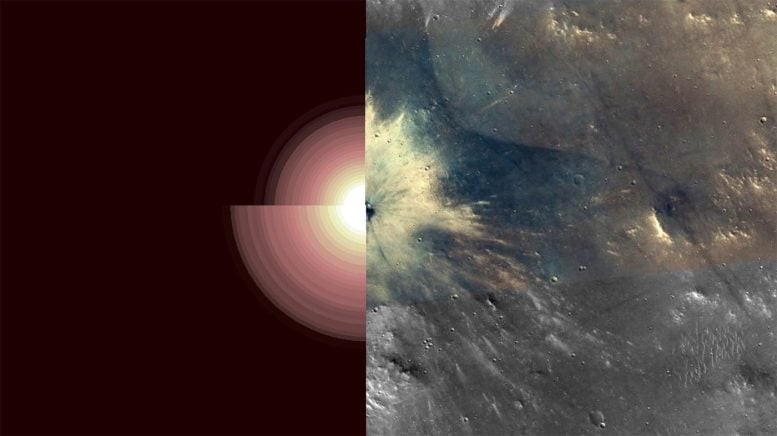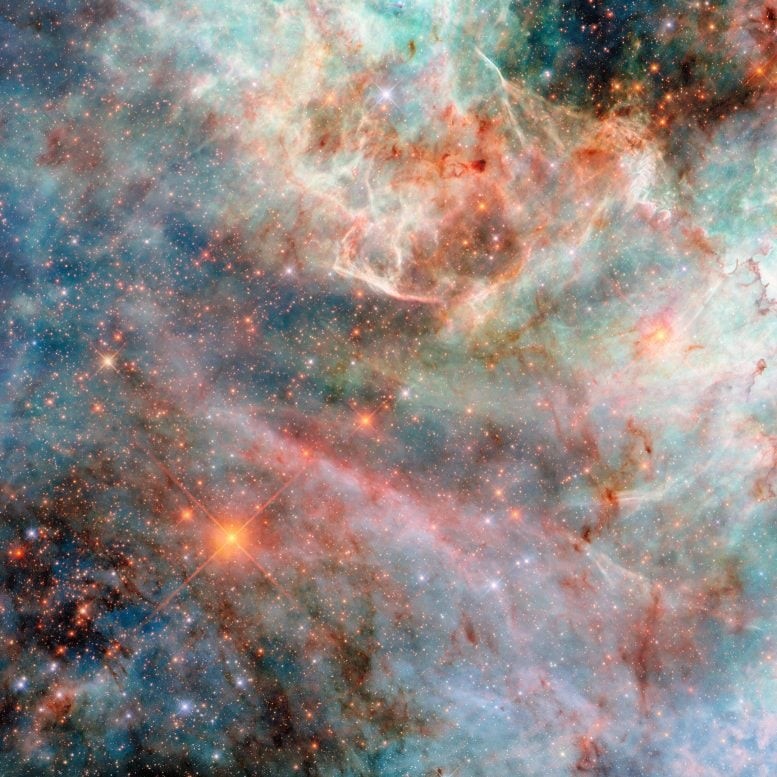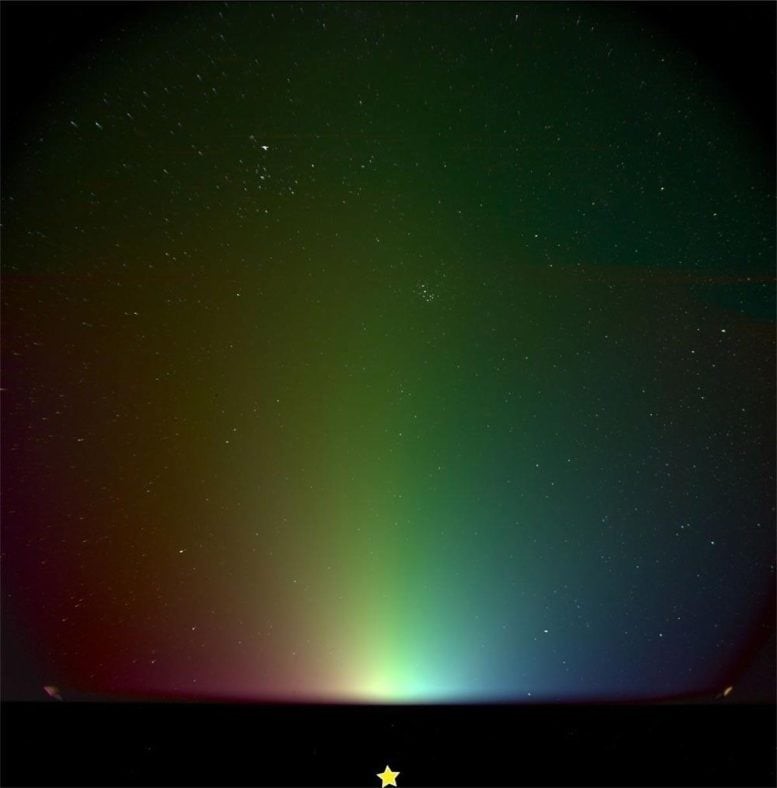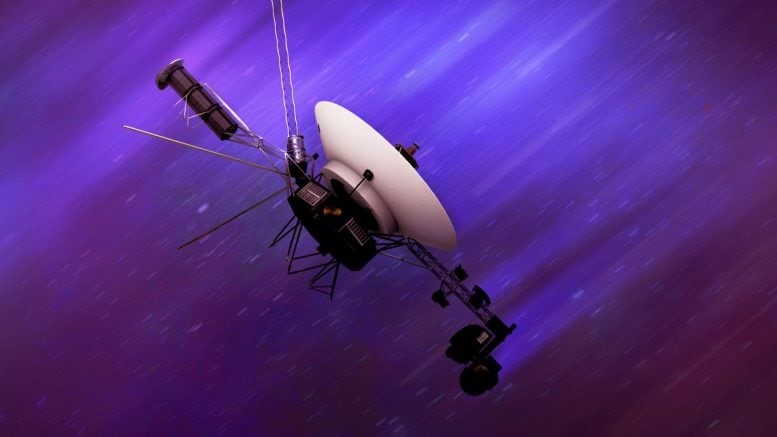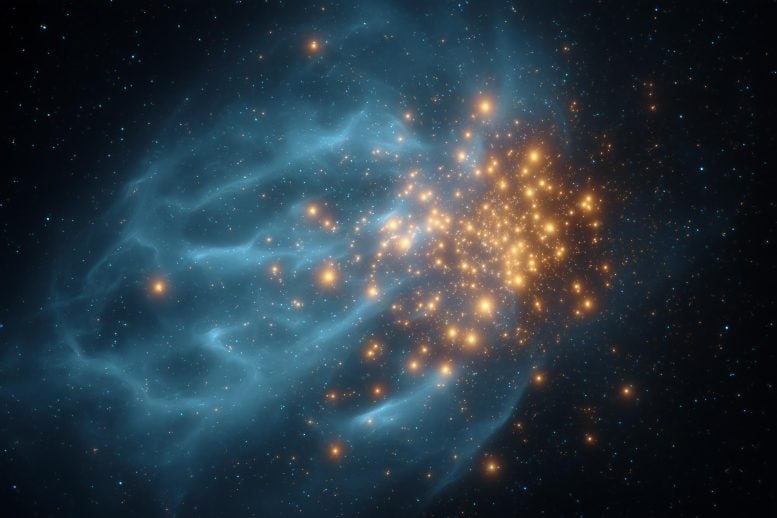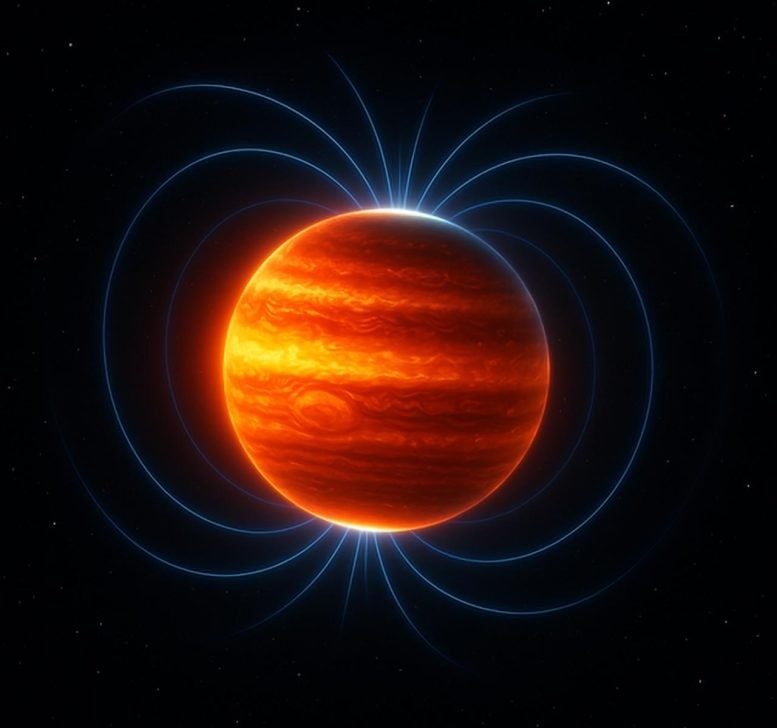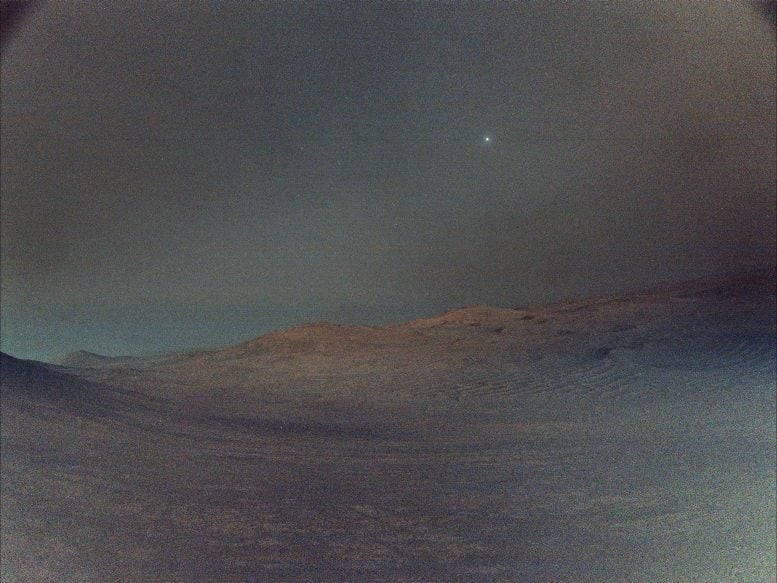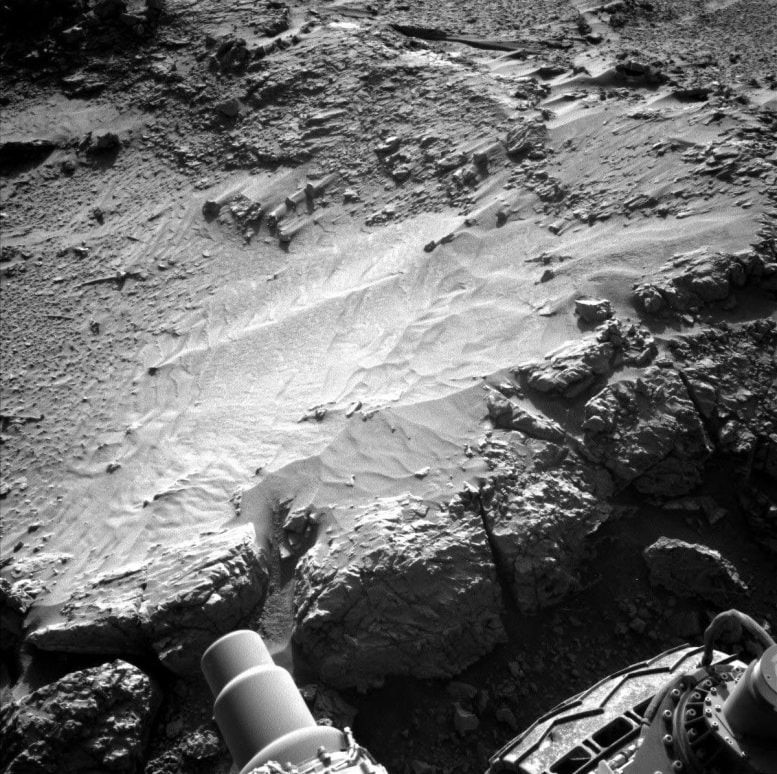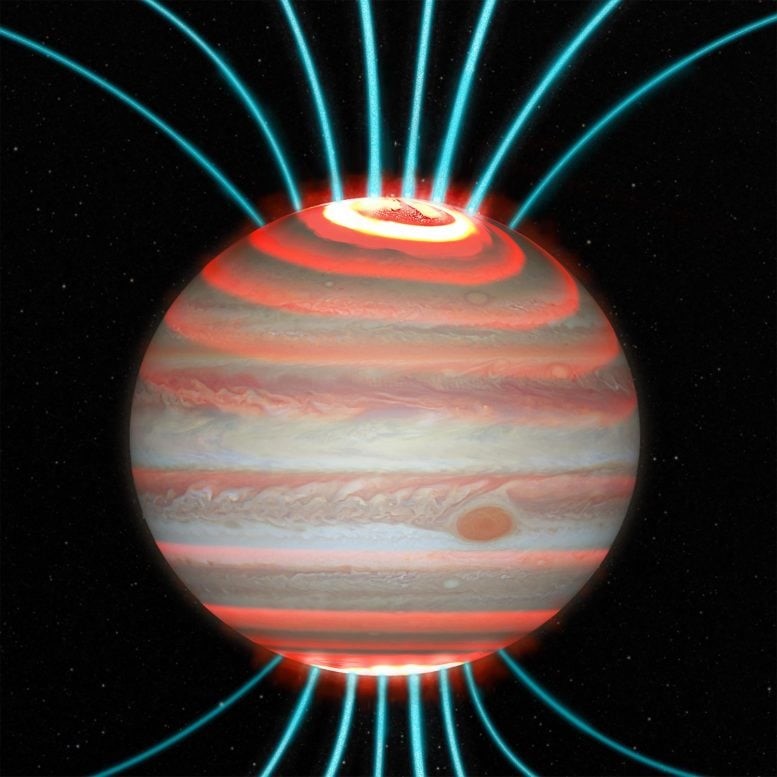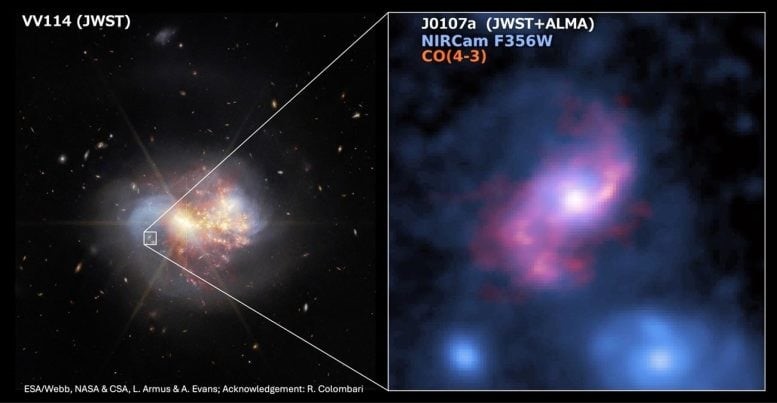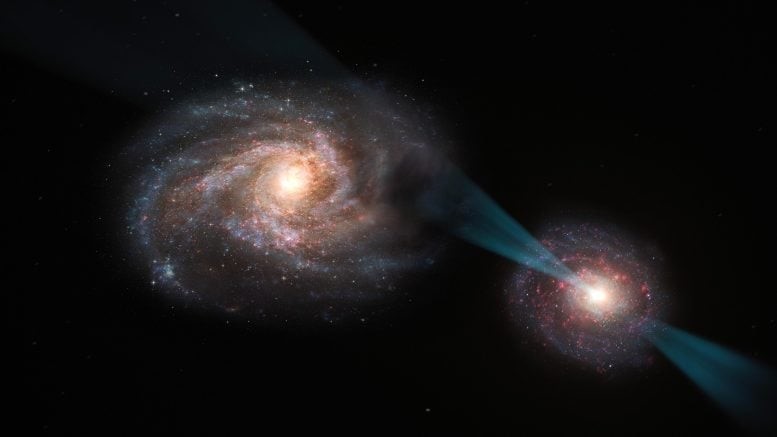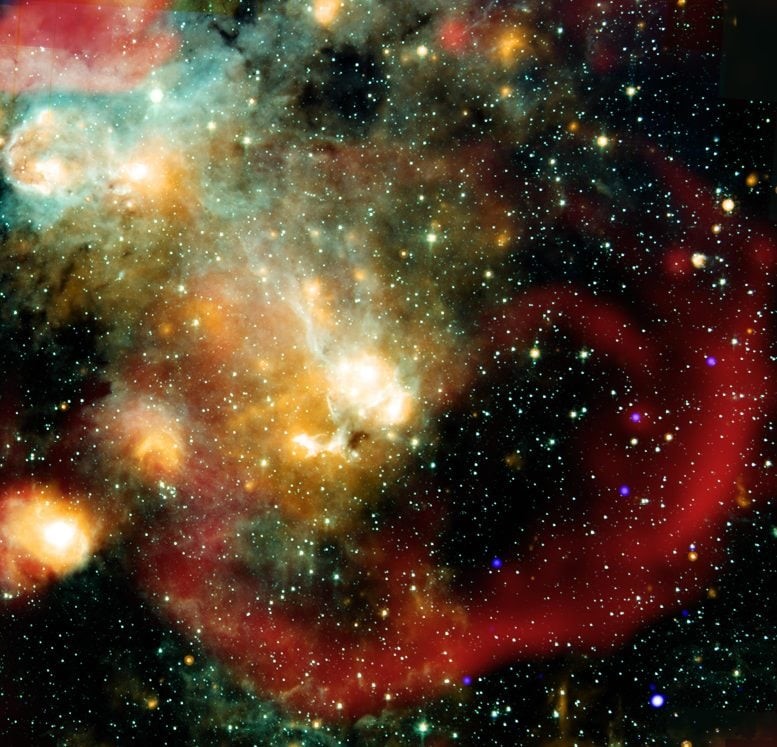- Home
- Future Technologies
- Space
-
Cosmic Collisions Reveal Mars’ Buried Ice and Rock Layers
By : Priyadharshini S, Traditionally, researchers have relied on the size and shape of impact craters to deduce the characteristics of materials beneath the surface,” explained Aleksandra Sokolowska, a UKRI fellow at Imperial College London. “Our study reveals that the size of the ejecta blanket surrounding a crater is also.....
-
Cotton Candy Clouds: Hubble Reveals Breathtaking Details of a Dwarf Galaxy
By : Priyadharshini S, What makes this view truly extraordinary is Hubble’s ability to capture light beyond the range of human vision. Using its powerful Wide Field Camera 3 (WFC3), Hubble collected light through five distinct filters—some of which detect ultraviolet and infrared light, both invisible to our eyes. By combining these filtered.....
-
NASA’s PUNCH Unveils Sun’s Hidden Winds in Vivid 3D Rainbow Imagery
By : Priyadharshini S, NASA’s newly deployed PUNCH mission is already delivering breathtaking views from space, with its four compact spacecraft capturing some of the most vivid images yet. Among the first to arrive are a radiant, rainbow-colored snapshot of the sky and inaugural imagery from two of the mission’s specialized.....
-
Voyager 1’s Thrusters Reactivate After 20 Years — Right on Time
By : Priyadharshini S, In an impressive engineering achievement, NASA scientists at the Jet Propulsion Laboratory (JPL) in Southern California have successfully reactivated a set of thrusters on the Voyager 1 spacecraft that hadn’t fired since 2004. Considered inactive for nearly two decades, these thrusters were brought back to.....
-
Galaxy Clusters Should Be Cold – XRISM Just Discovered Why They Aren’t
By : Priyadharshini S, Using the XRISM satellite, scientists have made a key breakthrough in understanding why galaxy clusters remain hot, despite steadily losing energy through X-ray emissions—a puzzle known as the "cooling flow problem."Focusing on the Centaurus cluster, located about 150 million light-years away, researchers.....
-
Double The Size, 50 Times the Power: Unveiling Jupiter’s Primordial Origins
By : Priyadharshini S, Jupiter’s formative years offer critical insights into the birth of our solar system. Often dubbed the “architect” of the planets, Jupiter’s massive gravitational pull played a central role in influencing the orbits of nearby planets and molding the protoplanetary disk of gas and dust that eventually gave......
-
NASA’s Perseverance Captures Haunting Pre-Dawn Image of Mars’ Tiny Moon
By : Priyadharshini S, To capture the image, Perseverance used its left navigation camera to take 16 long-exposure shots, each lasting 3.28 seconds. These individual photos were then stitched together onboard the rover, creating a single composite image representing a total exposure time of 52 seconds before being transmitted to Earth......
-
Martian "Stone Web" Discovery May Redefine Mars' Geological History
By : Priyadharshini S, efore Curiosity continues its journey, it’s using the powerful Mastcam to capture a panoramic mosaic of the surrounding landscape. These wide-angle images allow scientists to monitor how the terrain shifts with elevation along the rover’s route. Mastcam will also revisit “Temblor Range”—a ridge the rover previously crossed where its wheel tracks......
-
Jupiter’s Massive Secret: Tiny Moons Hint at A Planet Twice as Large
By : Priyadharshini S, For decades, celestial mechanics has leaned on a traditional view: the evolution of the Solar System was shaped primarily by the gravitational forces of Jupiter and the Sun. While this framework remains influential, growing evidence suggests Jupiter played a much more dynamic role in sculpting the Solar System’s early architecture. Understanding.....
-
Is It Alien Life or Simply Ethane? Scientists Reevaluate Webb Telescope Findings
By : Priyadharshini S, On April 16, a research team from the University of Cambridge announced findings about the planet K2-18b, situated 124 light-years from Earth. Using data from the James Webb Space Telescope, they detected signals that could indicate the presence of either dimethyl sulfide or dimethyl disulfide—molecules that, on Earth, are produced exclusively by......
-
A Giant Galaxy with A Perfect Spiral Is Creating Stars 300 Times Faster Than the Milky Way
By : Priyadharshini S, Over 10 billion years ago, the early Universe was teeming with activity. Massive “monster galaxies” were producing stars at astonishing speeds—up to 300 times faster than our Milky Way today. Nowadays, only a handful of galaxies exhibit such intense star formation, and nearly all of these.....
-
Galaxy Attack Powered by Quasar Unveiled in Breathtaking Detail
By : Priyadharshini S, Far out in the Universe, two galaxies are locked in a fast-paced, high-stakes battle. Racing toward each other at roughly 500 kilometers per second, they collide briefly before swinging apart and crashing together once more. Astronomers have dubbed this dramatic encounter the “cosmic joust,” drawing.....
-
Unlocking the Dark Universe: How We're on The Verge of Solving Science's Greatest Mystery
By : Priyadharshini S, Tiny, indistinct blobs. Over the past few years, I’ve spent countless hours examining images of these faint, fuzzy specks. Often just a few pixels across—like smudges on a photograph—they might hold the secret to understanding dark matter These blobs are actually galaxies: vast, swirling collections of stars and planets drifting through......
-
SpaceX’s Ninth Starship Test Flight Takes off but Ends with a Spin in Space
By : Priyadharshini S, On Tuesday evening, SpaceX’s ninth Starship test flight successfully separated from its Super Heavy booster and reached orbit, marking the smoothest Starship launch of the year after two consecutive explosions. This mission was the first to use a flight-proven Super Heavy booster, reused from the seventh test flight......
-
Mysterious Star Emits Pulses Every 44 Minutes – Scientists Baffled
By : Priyadharshini S, Astronomers have discovered a star that defies known cosmic behavior—potentially representing an entirely new class of celestial objects Using a combination of NASA’s Chandra X-ray Observatory and Australia’s ASKAP radio telescope on Wajarri Country, scientists focused on a mysterious object named ASKAP J1832−0911......


